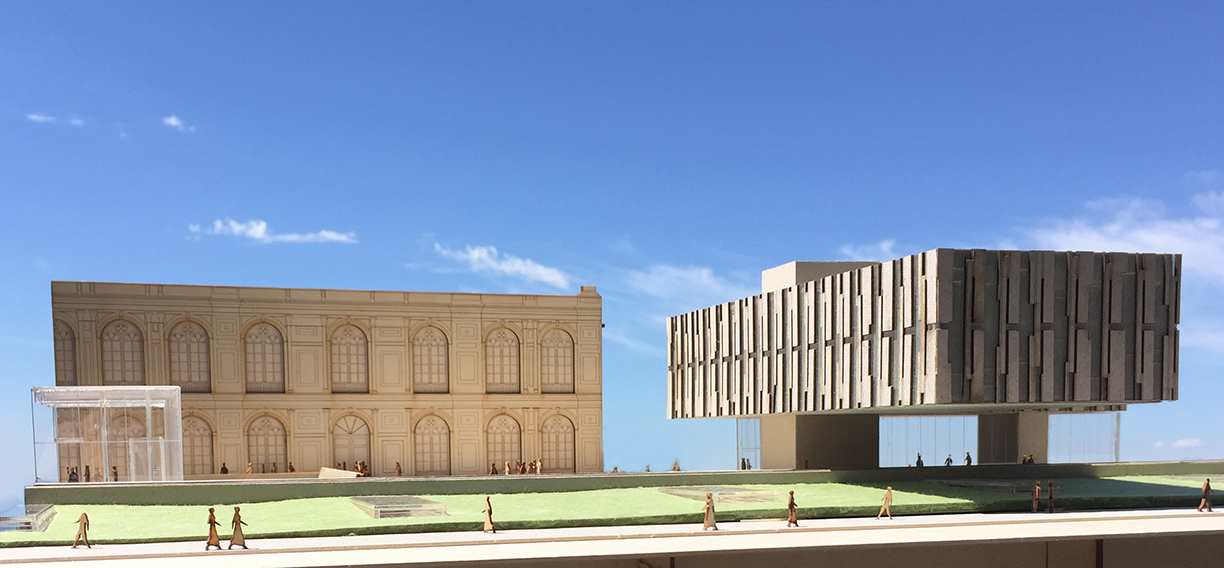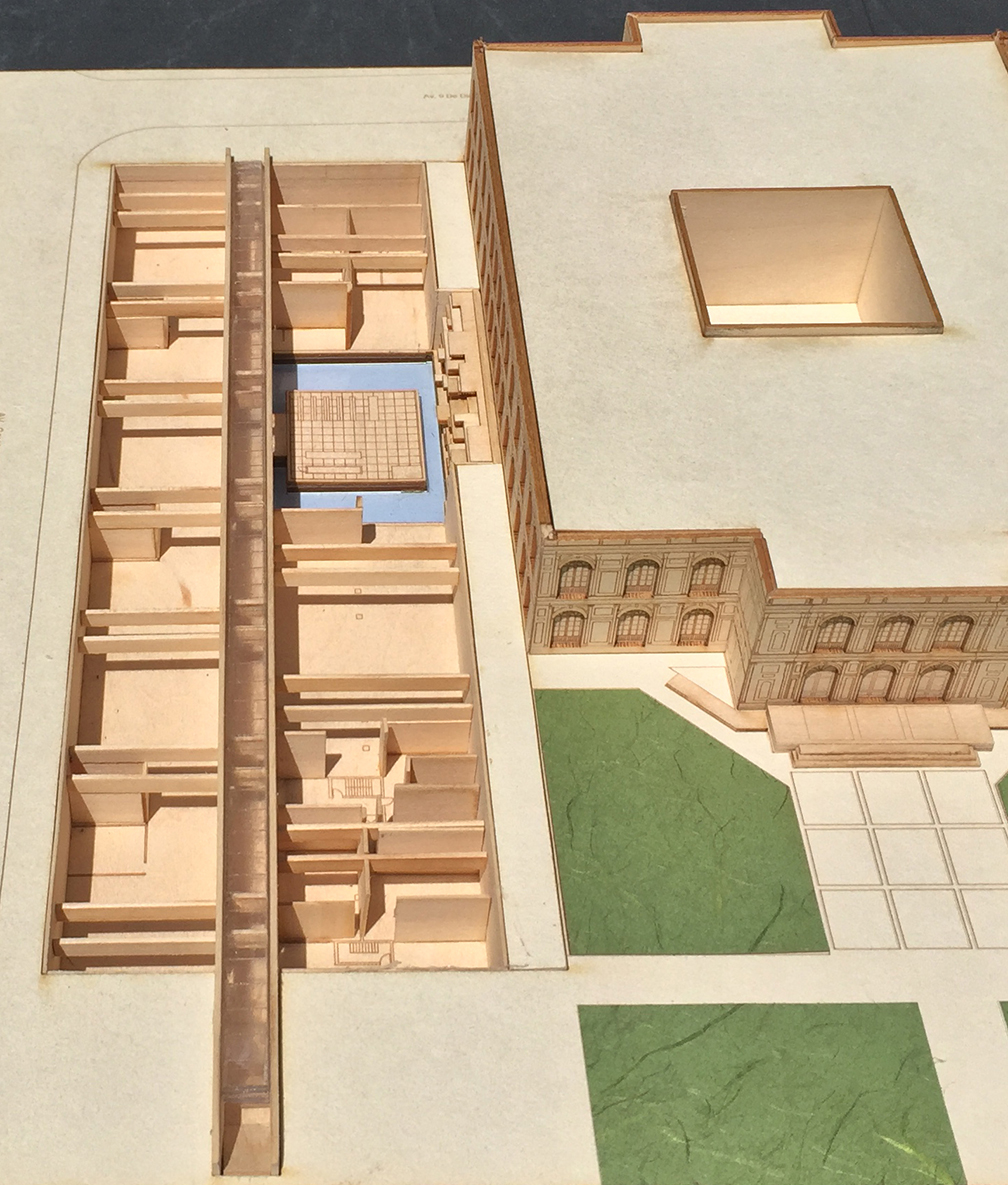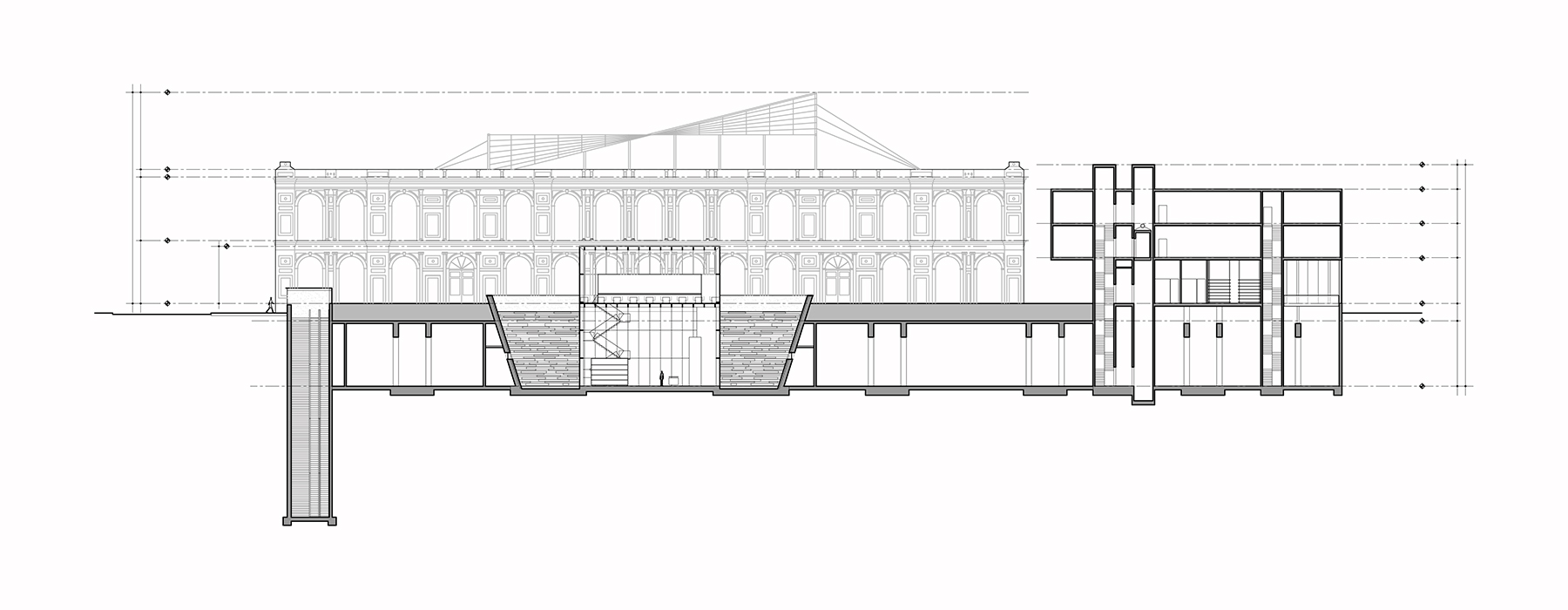MALI Museum
MALI Museum
View PDF
Design Concept: " Interbeing - Toward a Oneness of Place"
Concept Statement: All human experience exists within a continuum between that which is natural and that which is constructed. This is the continuum of form, space and light. We experience this through our six sense doors; seeing, tasting, smelling, hearing, feeling and thinking. All phenomena are impermanent and are an expression of opposites. This duality is the foundation for all patterns, and patterns are the underlying framework through which all architecture is expressed.
As sentient beings, humans are also an expression of opposites however, have the faculty of awareness, which is able to know opposites yet transcend them. Awareness allows us to sense a unifying presence that is timeless and is the source of our interconnectivity.
It is this interconnectivity or “Oneness of Place” that underscores and defines my design solution for the MALI design competition.
The MALI concept is framed around 5 primary design themes. These themes are imbued into an organizing strategy and expressed as archetypal constructs that create an immersive ‘landscape’ of architectural experience. This metaphorical landscape provides for distinct experiences while being immersed in a web of connectivity through form, space, material and experience.
Conceptual Framework:
Design Themes:
“Illumination” as path, presence and place.
“Evolving and Elevating” the iconic trajectory of MALI.
“Cultural Stage-set” as metaphor for the site.
“Experiential Journey” as a metaphor for the understanding of art.
“Embrace and Celebrate” the new vs the old, a poetic tension of opposites.
Archetypal Constructs:
“Luminous Grotto/Radiant Cube” (New Museum Entry/Iconic architectural beacon)
“Solar ‘Slot’ Canyon” (Primary circulation for new galleries)
“Art Cave” (Galleries /Urban Meadow)
“Lucent Library” (on the Park)
“Earth Cloud Building” (Education)
Organizing Strategy:
Create a fusion of archetypal constructs expressed as a landscape of architectural experiences interweaving space, time, form, light and materiality that are integrated with the existing museum and the broader vision for the whole park.
Archetypal Constructs Description:
The Luminous Grotto/Radiant Cube is not only the entry to the new galleries it is also a space that both descends into the earth and levitates upward; like an ancient ruin that has been visited by a modern presence. The cube’s transparency creates a volumetric palimpsest collapsing new and old creating a spatial suspension between past and present - something other - more expansive.
After descending the grotto/cube the visitor is drawn into the Solar ‘slot’ Canyon. The canyon runs the full length of the site and is a monolithic cut that both separates and unifies the grotto/cube with the art cave (galleries). Spatially the canyon is both expansive and compressed evoking the natural expansion and contraction of the cosmos. This circulatory element is imbued with the natural radiance of the sun and the mysterious luminosity of the moon. Internally it has an other-worldly scale, externally it is viewed from space as an illuminated earth-marker identifying Lima beyond the circumference of the planet.
From the slot canyon the visitor enters the Art Cave (galleries) which are organized as a continuous volume running from North to South buried under an Urban Meadow (green roof). From the sidewalk this urban meadow is intended to be a colorful floral gift to those passing by and also acts as an acoustical bunker for the gallery below. Buried below the earth gives this space a quality of deep calm as if suspended below the movement of ocean waves allowing the visitor’s mind to settle and open to the meditative immersion of viewing art.
The viewing/observing of art is an experiential journey that inspires humanity to explore the depths of our psyche both conscious and unconscious, it is an exploration of our humanness that reveals deeper layers of understanding and presence and the mysterious ways in which our lives are threaded together. The journey from the plaza level to the art gallery is a metaphor for the inward journey that is parallel to the experience of meditating on works of art.
The Earth Cloud building is located on the south end of the defined competition site. The northeast corner of the new building is 24’-0’ from the southwest corner of the existing museum. The building is intended to define a plaza space, create a spatial gateway between the two buildings and provide a more defined entry space for the existing museum’s south entry. The Earth Cloud building is 3 stories; the two upper floors are education and the plaza level is library. The library is imagined as an open transparent volume that allows for a visual connection to the park while defining the space to both the north and east. Metaphorically the upper two levels are like an “Earth Cloud” floating above the ground plane creating a unique, mysterious tension of opposites; earth/sky, playful/powerful, gravity/non-gravity, mind/body - that along with the other archetypal constructs transforms the new experience of MALI into an iconic journey of the soul.
The overall design approach transforms and elevates the MALI museum to a world class cultural stage-set establishing it as an iconic beacon integrated into a new urban park, offering Lima a setting of wonder, inspiration and cultural awakening.
“All phenomena are interdependent………..endlessly interwoven.
There is no such thing as a separate object, event, or experience, because not any part of the World can exist apart from all others.
Rather, everything that looks like a separate entity is actually dependent on, and therefore interwoven with, something else.
Everything (object, event, idea, experience,
whatever) is made up of other things.
Whatever appears to be an isolated ‘thing’ is actually a combination of its constituent elements.
These elements are the influences from the other things with which it is interwoven. And those elements, too, are made up of other combinations.
The World is an endless Web of combinations.”
On Inter-Being -Thich Nhat Hahn (Buddhist Monk)
- Client Lima Art Museum / Location Lima Peru
- Completion Submitted 06/03/16 / Scope 65,000sf + Park Master Plan
- Team Scott Francis
- Project Ownership Francis Creative













































